To many, the 747SP is the oddball in Boeing’s ‘Jumbo’ family. But its role, while only a niche in the 1970s, is quite front-of-mind for airlines today!
OK let’s put this out there from the start: this aircraft isn’t pretty. Boeing’s Queen of the skies has a special place in the hearts of avgeeks around the world, but the 747SP is… well, odd. Yes this is a personal taste thing, and if yours runs differently, we whole-heartedly apologize.
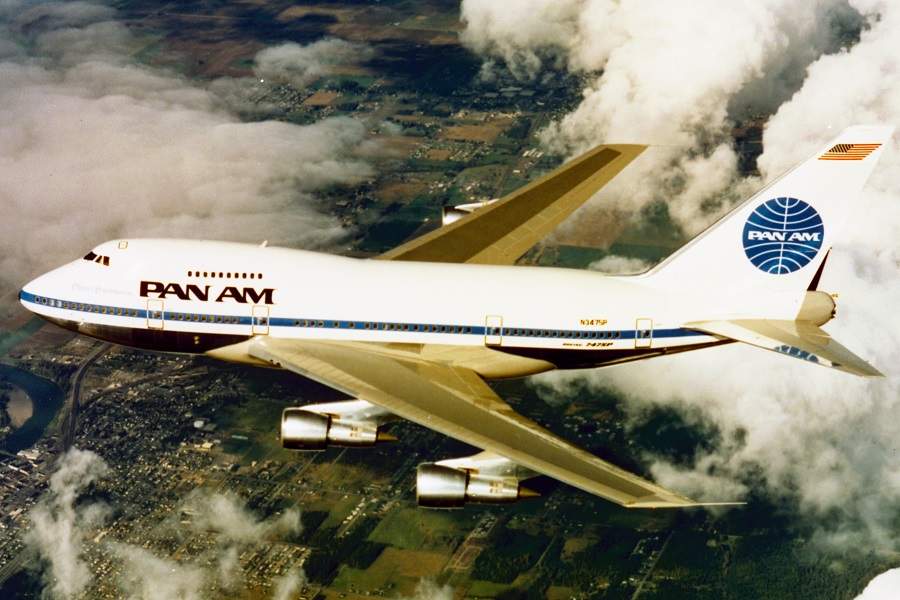
Aircraft for long routes with relatively few passengers, wasn’t always a popular idea. But it is a concept that has gained popularity, starting 2 decades or so ago. It began when Boeing had to explain itself, for NOT competing with Airbus’ A380. As we have seen, they first responded with something really cool-looking called the Sonic Cruiser. That eventually led to the innovative but conventional-looking 787. However the Boeing 747SP arguably started it all, in 1975!
If you’ve somehow missed our recurring rambling about Hub-&-Spoke Vs Point-to-Point, here’s an ultra-quick version. One way to use airliners efficiently is by having one or a small number of central hubs. From this/these, the airline would schedule routes to individual destinations – or spokes. If you’re unfamiliar with bikes or bicycles, these terms come from parts of their wheels.
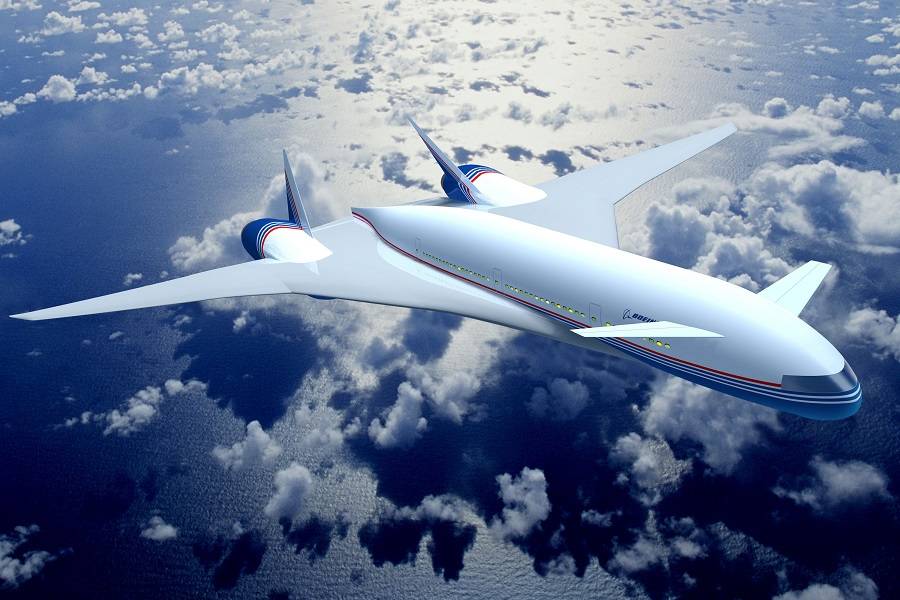
The Role Of The Boeing 747SP
By contrast, the Point-to-Point is simply what its name suggests: flying from one destination to the next. It sounds simple, but organisationally, it’s more difficult for airlines to make it work. However it’s popular with the travelling public, that don’t need to make stops along the way. It also means using smaller aircraft. This is where Boeing’s old 747SP comes in.
There was historically some resistance to Point-to-Point, because it runs counter to some efficiency considerations. In general, airlines can make good gains by even incremental increases in passenger count. This is part of why some airliners generally get bigger, as they get older (737, DC-9/MD-80). On the other hand, the Boeing 747SP is a case of a route with relatively low passenger demand, calling for a smaller plane. Plus, range comes into play.
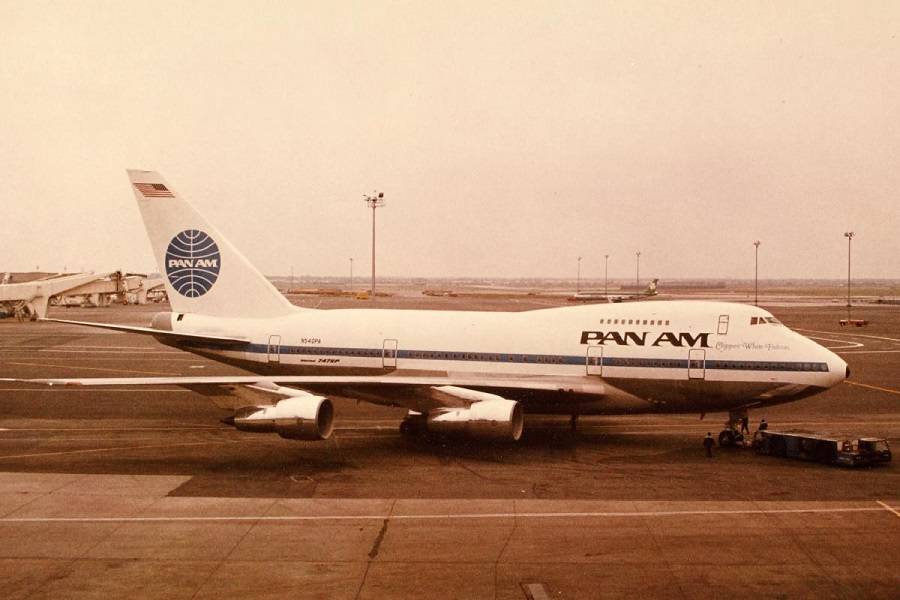
The 747SP came to be when Boeing responded to a joint request from Pan Am and Iran Air, in the 70s. The airlines wanted a large aircraft that could travel from New York to Tehran, non-stop. Boeing seized the opportunity, since at the time they didn’t have any jets between the 707 and 747-100 in size. They would eventually fill this gap with the 767, but their customer airlines were in a hurry. Also, they wanted commonality with their 747s!
Boeing obliged with the 747SP. The aircraft is 14 meters (47 feet) shorter than the 747-100 that preceded it. It carried 275-330 passengers in typical 1970s 2-3 class configuration. And with fewer passengers, it has one less exit on each side. It also has BIG horizontal and vertical stabilizers, making up for the shorter distance between the engines and the tail. With lower weight overall, the aircraft also has simplified flaps.
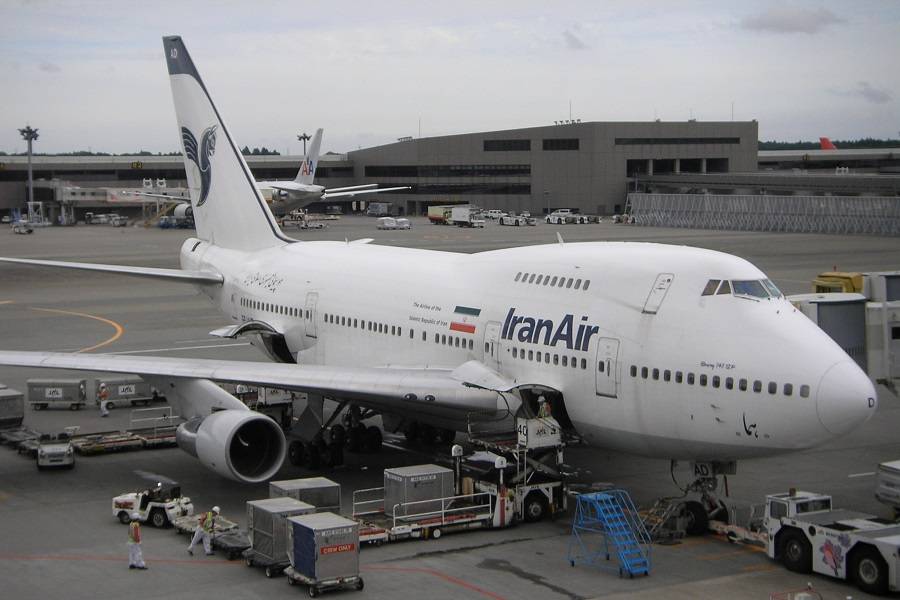
Name, Production And Implications
The name of the plane is interesting. Initially the manufacturer called it the 747SB for “short body”. Boeing would eventually market it as 747SP for “Special Performance”, outlining its great range and high cruise speed. Some argued that the change also had to do with an unofficial nickname of “Sutter’s Ballon”. This was a reference to Joe Sutter, the chief engineer behind the 747.
Today we may see it as a forerunner of Point-to-Point, but in the heyday of Hub-&-Spoke, the plane didn’t do well. Boeing predicted they would sell 200 747SP models, when they launched the program in 1973. The first one entered service in 1976. When production ended in 1983, they had only made 44 of them. Boeing eventually built a 45th example in 1987, as a VIP aircraft for Abu Dhabi. It later served with Bahrain’s Royal Flight.
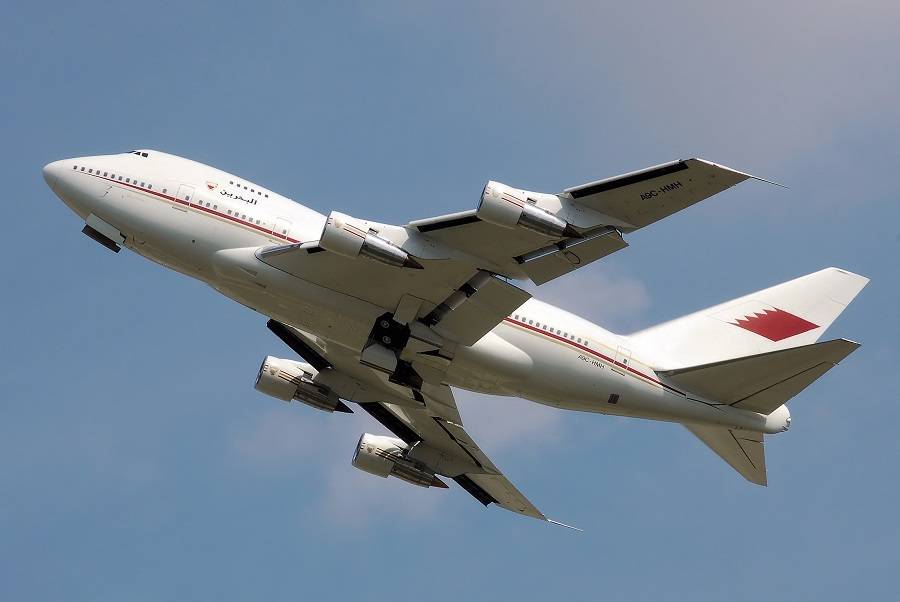
One saving grace of the program for Boeing, is that the 747SP actually eased development of the 747-300 and 747-400 variants. In these later models, the section of the fuselage that contains the wing box, also contains the rear end of the upper deck. This is obviously because the upper decks are longer in these versions. So this design detail is something that Boeing would need to engineer for these models. They didn’t; the work was already done for the 747SP!
Legacy Of The Boeing 747SP
Despite its lack of commercial success, Boeing’s 747SP did what it promised. Its operational range was 5,830 nm, over 1,200 nm more than the 747-100. Later variants would surpass it, but with more fuel. Speed-wise, it was just as fast or faster than other 747s (Mach 0.86). However, it could spend more time at or near its 45,000ft ceiling, making it more efficient.
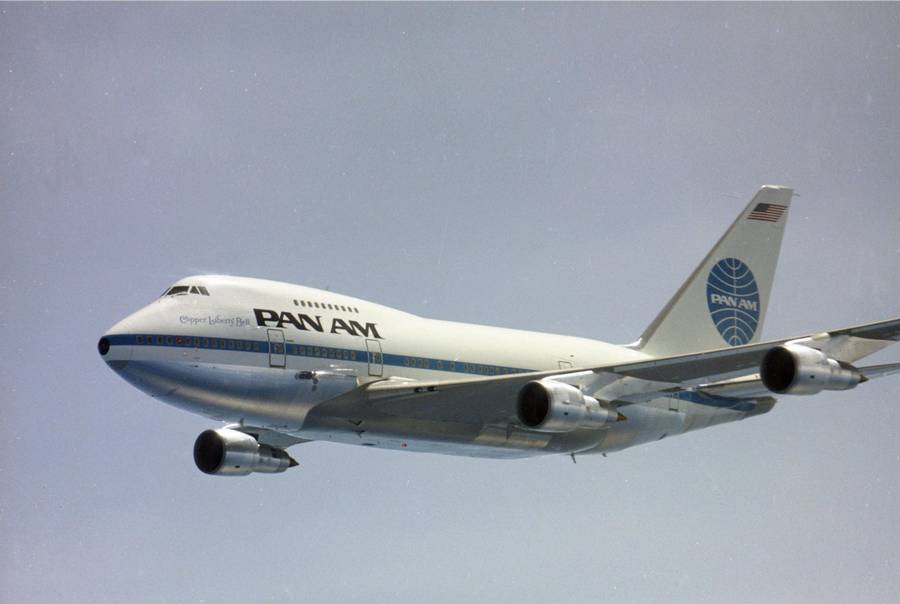
So the plane could serve its skinny-long routes rather well. Of course today the 747SP couldn’t hold a candle to the likes of the Boeing 787 or Airbus A350. The 787 is almost as fast (M0.85, albeit with a 43,000ft ceiling) but has much more range. And of course it has two fewer engines.
The high speed and comfortable body of the Boeing 747SP made it a popular choice in the VIP role. But perhaps the best-known 747SP today is the SOFIA research aircraft, which mounts a stabilized scope in the rear of the fuselage. Ironically, this aircraft doesn’t really benefit from the SP’s high speed. However, Pan Am and other airlines used the aircraft for several “around the world” record attempts.
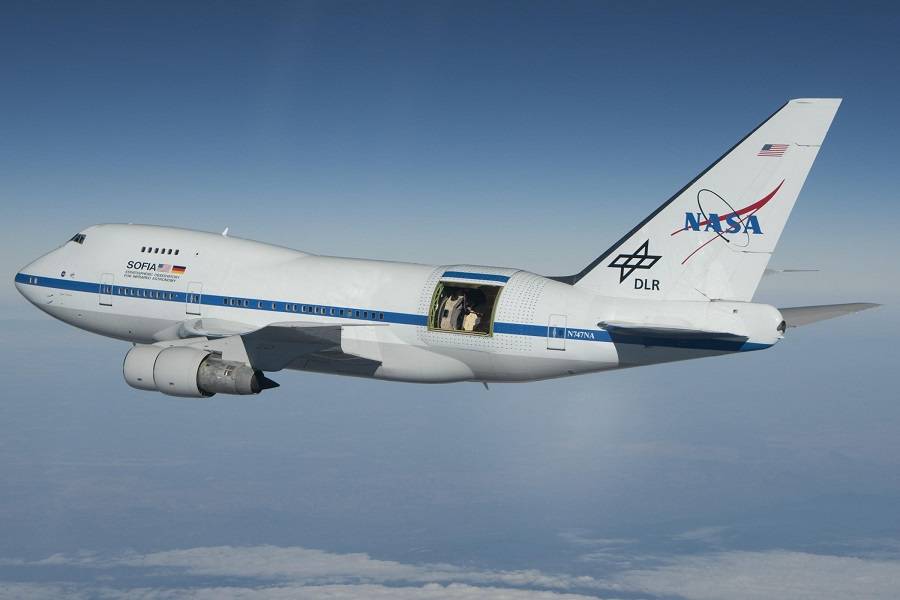
The SOFIA aircraft and a few other examples of the plane are still in service today. It’s still fast, and it’s still the Queen. Its rarity now simply means it’s a bigger favourite with plane spotters. Unappreciated or not, the Boeing 747SP is very much a case of “You will miss it when it’s gone”… like all 747s. And actually, the 45 aircraft that left the factory ended up flying for airlines in 30 countries!



